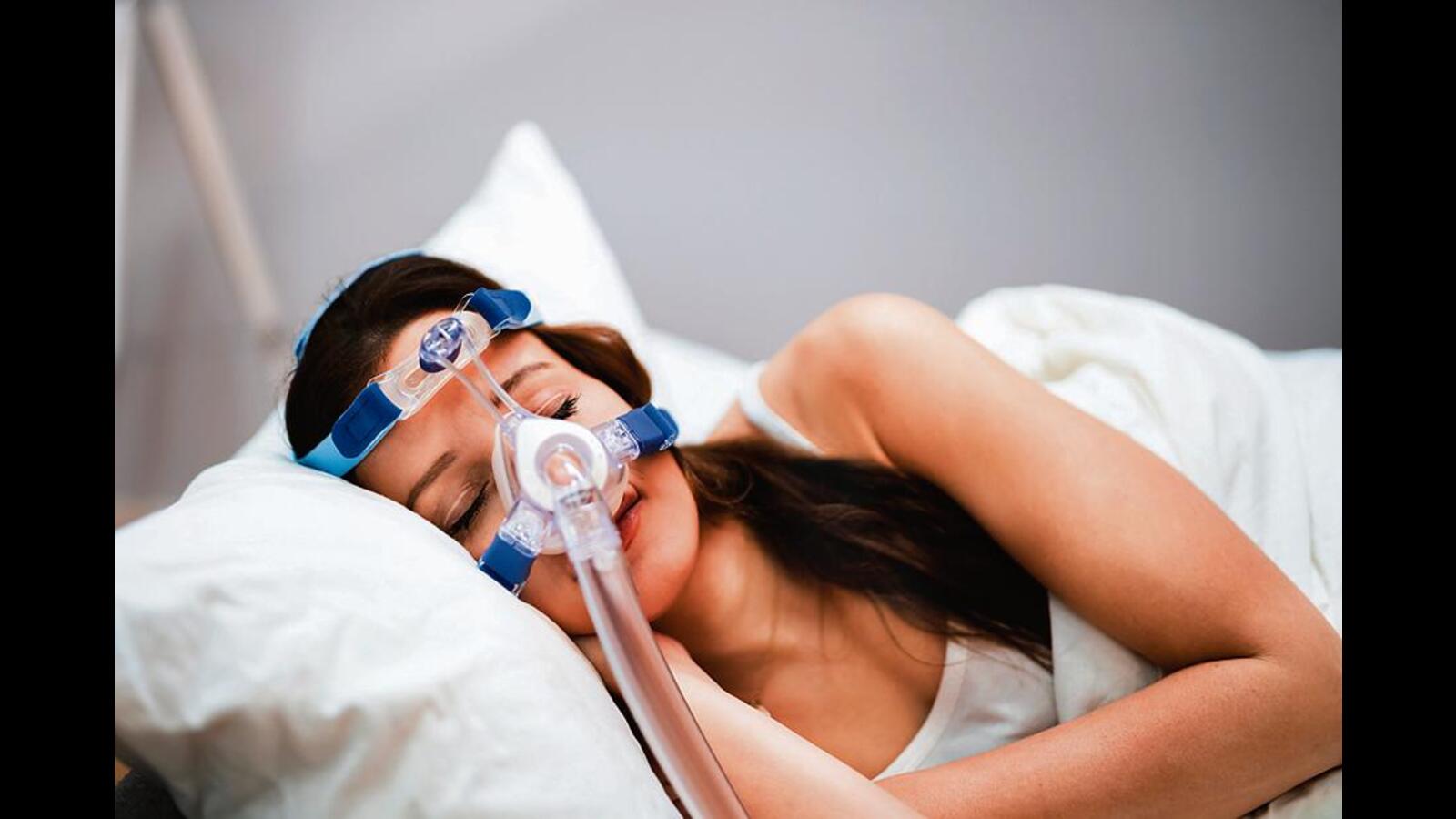[ad_1]
On February 15, legendary singer-composer Bappi Lahiri passed away at 69 sending waves of shock and grief throughout the nation. When it was revealed that he died due to complications of obstructive sleep apnea (OSA), many were left shocked. Since the life-threatening medical condition is often mistaken for just a snoring disorder, we break down for you what OSA actually is and how it can affect those suffering from it.
Considered the most common sleep-related breathing disorder, obstructive sleep apnea occurs when one’s breathing repeatedly stops and starts while one is asleep. Typical signs of sleep apnea could be snoring loudly and/or feeling tired even after a full night’s sleep. Episodes of not breathing can last a few seconds to a few minutes. It may happen five to 30 times or even more in an hour.
“In most cases, breathing stops when the airway collapses, blocking the flow of air into and out of the lungs. In a rarer form, the episodes result from a problem with how the brain controls breathing. Sleep apnea can be managed with proper treatment. However when left undetected and not treated, it raises the risk of heart disease and other serious health problems,” explains Dr Manav Manchanda, director, Respiratory Medicine Asian Institute of Medical Science, Faridabad.
While the health condition can go undetected for several years, there are several ways in which the disease can affect one. “People with OSA snore loudly, affecting quality and quantity of sleep. When the obstruction is severe, the oxygen supply to the various body organs is affected leading to apnea (stoppage of breathing). Because of lack of oxygen they suffer from a variety of neuropsychiatric symptoms such as tiredness, daytime sleepiness, irritability and lack of concentration. It is a major cause of divorce and road traffic accidents,” adds Santosh Bangar, senior consultant psychiatrist, Global Hospital, Parel, Mumbai.
Sleep apnea can affect people of all ages including babies and children, and seen mostly over the age of 50, and those who are overweight. “Certain physical traits and clinical features are common: Excessive weight, large neck and structural abnormalities reducing the diameter of the upper airway, such as nasal obstruction, a low hanging soft palate, enlarged tonsils or a small jaw with an overbite,” says Dr Sanket Jain, consultant pulmonologist, Masina Hospital, Mumbai.
Symptoms
Obstructive sleep apnea can be diagnosed with a combination of physical clinical and diagnostic tests like polysomnography. Dr Nevin Kishore, head of bronchology and senior consultant, respiratory medicine, Max Hospital, Gurugram lists the symptoms down.
Snoring at night
Daytime sleepiness
Early morning headaches
Loss of memory and lack of ability to function due to which critical thinking can be impaired.
Dry mouth upon waking up
Sudden awakenings with sensation of choking
Restlessness in sleep.
Common effects
A lack of sleep can leave you mentally foggy, it will also make it hard to solve problems or think clearly.
It can weaken your immune system, leaving you more vulnerable to any kind of infections.
Fatigue, disorientation, drowsiness, difficulty staying awake during day.
(Inputs from Dr Jeenam Shah, consultant pulmonologist, Wockhardt Hospital, Mumbai Central)
Myths
Snoring is a sign of healthy sleep
One of the most common myths, snoring is a sign of healthy sleep, is a big misconception. Snoring is caused by obstructions to the airway when we are asleep and can actually result in multiple health risks.
If you don’t snore, you are not at risk of sleep apnea
On the contrary, not everybody who has sleep apnea, snores. Up to 20% of sleep apnea patients do not snore. Patients, therefore, should be mindful of other symptoms such as morning headaches and laboured breathing.
Sleep apnea affects only men
Women are equally at a risk of sleep apnea. They undergo more hormonal changes than men due to their menstruation cycle, fertility cycle and menopause. Also, a woman’s snoring may often go unnoticed, as it is not as loud as that of most men.
If you are not overweight, you are not at risk
Even though obesity is a risk factor, it does not always mean that people who are not overweight are not at risk. Facial and neck anatomy may also play a role. People with large tonsils, a small jaw, a large overbite, a recessed chin, or a large neck are also at risk.
(Myths busted by Dr Sibasish Dey, sleep specialist and head, Medical Affairs, South Asia, ResMed )
Treatment may include:
Changes in lifestyle such as losing weight, not smoking, avoiding alcohol and medications improving sleeping habits
Continuous positive air pressure, which uses a small device and a face mask to provide a steady stream of air to keep your throat open
Dental devices that either hold the lower jaw in place so it doesn’t block air flow or hold the tongue in place to keep it from blocking airway
Eating a light dinner
Surgery (Uvulopalatopharyngoplasty)
[ad_2]
Source link


It’s going to be ending of mine day, however before
ending I am reading this enormous post to improve
my knowledge.